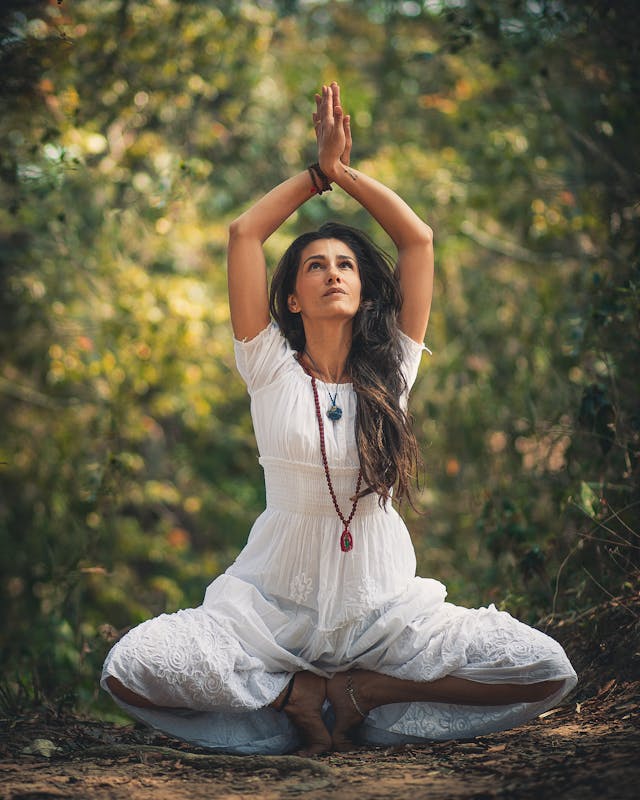Retirement is an ideal time to pursue new hobbies and activities that benefit both your body and mind. Many women search for strategies to remain active and keep flexibility since they have more time to concentrate on health and well-being. An outstanding choice with advantages beyond only physical exercise is yoga. It brings inner serenity, lessens anxiety, and improves mental clarity. Whether you’re new to yoga or returning after a long absence, beginning this journey during retirement can provide profound benefits that will transform your daily life.
Exploring the Gentle Side of Yoga: Finding the Right Class
Entering the world of yoga does not have to entail pushing through difficult poses. Focusing on flexibility, relaxation, and mindfulness, many techniques appeal to people seeking a milder approach. Start with beginner classes like Yin Yoga or Hatha Yoga, which focus on deep stretches and slow, deliberate movements. These sessions allow your body the time it requires to adjust to new poses and help you develop strength. If you want further assistance, Chair Yoga is another excellent choice that lets you enjoy the advantages of yoga without hurting your joints. Selecting the appropriate class will enable you to enter the practice comfortably, therefore laying a solid foundation for your journey.
Prioritizing Flexibility and Mobility for Everyday Wellness
Maintaining flexibility and mobility becomes ever more crucial for daily activities and general well-being as you age. Yoga reduces stiffness by stretching and strengthening your muscles, enhancing your range of motion. Yoga helps lubricate the joints by including soft stretches and conscious breathing, so relieving frequent pains and discomforts related to aging. Regular exercise helps improve posture, balance, and movement ease, thereby simplifying and increasing enjoyment of daily activities. Through yoga, emphasizing flexibility helps you have a better life and keep active and independent far into your retirement years.
Embracing the Mind-Body Connection Through Meditation
Yoga is more than just physical activity; it is a holistic practice that connects the mind and body through meditation and mindfulness. Taking time to meditate during your yoga practice can promote inner peace, lower stress levels, and calm your mind. Beginning with your breath, use it as an anchor to center your awareness inward. This simple practice of mindful breathing can help you relax and clear your mind. Including meditation in your daily schedule also improves the quality of your sleep and raises your general attitude, thereby helping you to negotiate the changes and new opportunities presented with retirement. Embracing this aspect of yoga deepens your practice and helps you to discover more balance and connect with your inner self.
Investing in the Right Gear for a Comfortable Practice
While yoga does not require much equipment, having the right gear can greatly improve your comfort and safety. Particularly for your knees and joints, choose a high-quality yoga mat with enough cushioning and support. Blocks, straps, and bolsters can also be useful for increasing stability and assisting with deeper stretches. Comfortable, breathable yoga clothes for older ladies, designed for ease of movement and proper fit, allow you to move freely and stay cool while you practice. Proper gear not only improves your experience but also reduces injuries, therefore enabling you to appreciate the full benefits of every pose. With the right tools, you can make your yoga journey easier and more enjoyable.
Building a Consistent Routine to Enjoy Long-Term Benefits
Reaping the full benefits of yoga depends on consistency. Even if it’s just a few times a week, establishing a consistent schedule helps your body and mind adjust to the practice, enabling you to progress gradually. Whether it’s an evening session to relax or an early stretch to start the day with vitality, choose a time of day that best suits you. Establishing reasonable objectives and celebrating small achievements will inspire you and help you develop a habit that feels rewarding rather than burdensome. Your strength, flexibility, and general well-being will increase with time, making the effort worthwhile. Regular practice enables you to establish a closer relationship with your body, therefore promoting long-lasting physical and psychological advantages.
Conclusion
Starting yoga in retirement is an excellent opportunity to pursue a new path of health, relaxation, and self-discovery. You lay a solid foundation for a fulfilling yoga practice by choosing the right class, giving flexibility priority, adopting the mind-body link, making appropriate gear investments, and developing a regular schedule. This path offers a sense of calm and empowerment that enhances your retirement by means of activities fostering body and spirit. With dedication and an open mind, yoga can become a joyful and transformative part of your daily life rather than just a form of exercise.

